Activations play a crucial role in shaping consumer perception of a brand. These hands-on moments provide a platform for brands to connect with their target audiences and create memorable experiences that cement a brand’s identity in the minds of consumers. These moments are especially crucial in this digital age, where consumers are nearly always online and inundated with brands seeking attention.
In this environment, it’s not surprising that technology itself has emerged as a powerful tool that elevates brand events to a whole new level. By leveraging a core tech stack, brand events can transform from forgettable blips into immersive experiences that leave a lasting impact on attendees.
To achieve this transformation from forgettable to unforgettable, here are a few key ways in which technology can revolutionize brand events, turning them into exceptional brand experiences.
Enhancing engagement with interactivity
One of the significant advantages of technology is its ability to enhance engagement and interactivity at brand events. Through the use of emerging technologies such as augmented reality (AR) and virtual reality (VR), attendees can be transported to captivating virtual worlds, immersing them in the brand’s story. Whether it’s pulling people into a 360-degree immersive room within the experience, or layering digital content onto a physical surface, there’s a variety of touchpoints to experiment with.
This technology enables experiential learning and provides a unique opportunity for attendees to actively participate, making the event more memorable and engaging. Additionally, gamification elements and mobile apps can be incorporated to encourage participation, competitions, and networking, further enriching the overall event experience.
Personalization and customization
Technology enables brands to create personalized experiences for attendees, making them feel valued and connected. By leveraging data analytics and artificial intelligence (AI), brands can collect and analyze attendee preferences and behavior, allowing for tailored content and offerings.
For example, personalized recommendations for sessions or curated agendas can be provided to attendees based on their interests, ensuring a more relevant and engaging experience. Such personalized experiences leave a lasting impression, fostering a deeper connection between attendees and the brand.
Making magic moments
Incorporating cutting-edge technology into brand events opens up opportunities to create awe-inspiring and unforgettable moments. Technologies like holography, projection mapping, and drones can be utilized to create visually stunning displays and performances, captivating the audience’s attention.
These wow moments not only create a buzz during the event but also leave a lasting impression, generating positive brand recall long after the event has ended. By pushing the boundaries of what is possible, brands can differentiate themselves and create a truly remarkable experience for attendees.

Amplifying reach and maximizing impact
By embracing technology, brands can broaden their reach, engage a larger audience, and create a more impactful brand experience. For instance, livestreaming the event to a global audience allows for increased accessibility and engagement. And social media integration provides real-time updates, encourages attendee participation, and generates buzz around the event — especially if the audience is incentivized to share content on social media, which then extends the brand’s footprint into a variety of new communities.
Maximizing reach can also involve virtual event platforms, which enables anyone to interact with the event and connect with fellow participants. With the rise of augmented reality, there are new possibilities to encourage interaction between IRL participants and those online (or in virtual worlds). Perhaps a game can connect both audiences, or inputs from those not present could be projected into the activation to foster a sense of community across platforms.
Data collection and integration
One of the significant advantages of incorporating technology into brand events is the ability to collect valuable data. By utilizing event management platforms and smart devices, brands can capture data on attendee behavior, preferences, and interactions. This data can be analyzed to gain insights into attendee demographics, engagement levels, and content effectiveness — all of which can be used to improve future events, as such insights help brands understand their target audience and tailor future events to their needs, ultimately enhancing the overall brand experience.
Most importantly, these data-driven insights can be funneled into a brand’s existing marketing tech stack to improve overall performance. Whether it’s learning about an audience segment’s preferences or developing deeper personalization to improve ad targeting, email marketing or customer segmentation, this data is an invaluable asset when deployed across the marketing tech stack.
Overcoming challenges and ensuring success
While the integration of technology can be highly beneficial, it is essential to address potential challenges to ensure a successful brand event. Brands must carefully select technologies that align with their event objectives and target audience. Seamless implementation and adequate technical support are crucial for a smooth experience.
Equally important is to strike a balance between technology and human touch, preserving the authenticity of the brand. By overcoming these challenges, brands can harness the full potential of technology to create extraordinary brand experiences.
Bringing it all together
Technology has become an indispensable tool for transforming brand events into memorable brand experiences. It’s also more important than ever for brands to level up their activations, as competition is fierce, so embracing technology as an integral part of brand events is the key to staying ahead in the ever-evolving landscape of experiential marketing.
Consumers are increasingly wowed by a variety of bleeding-edge activations, from AR-layered moments to VR-enabled immersive experiences. And, with data generated by each of these touchpoints, innovative brands are integrating these IRL activations into the rest of their marketing tech stack to improve conversions, increase loyalty, and boost brand awareness.
By embracing interactive technologies, personalization, “wow” moments, amplifying reach, and leveraging data insights, brands can elevate their events to new heights, leaving a lasting impact on attendees and forging stronger connections with their audience.



